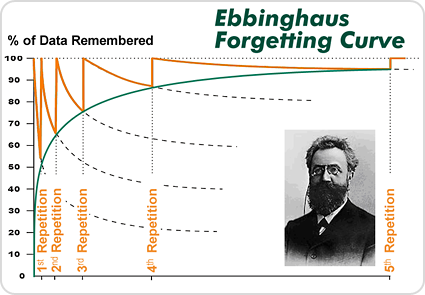This week I've talked to our new graphics designer. He has had experience working as one so he knew things we needed to know! Firstly he wanted specifics on sizes of sprites and formats. He also proposed that we'll make the game first, and then let the graphers graph away. That way the game wont change into something that requires us to toss away graphics and make new.
 |
| windwaker without textures |
I, Felix and Svitri has worked on learning Unity and we've come a long way! We might finish in time but the game might be released in february or march at latest.
I've looked at how to think when working in unity, getting the feel of it by just diving into the great material spread all over the internet.
Youtube is a good way to start I think. Just looking up tutorials and follow a really basic one is comfortable. They vary in quality alot. Look out for "Live-shows" just uploaded to youtube, they might be great but also might involve big errors that really don't concern you, and you can't fast forward in case they mention something important that you'll need to know later. So stick to tutorials nonlive, unless you are actually seeing it live and can chat, then it might be great! unity 4.3 has come with a new BIG 2D update but there isn't allot of tutorials on that yet.
So I've looked at 6 great tools to have when working with unity:
- Unity Cookie , but you can't download the assets for free. I looked at tower defense tutorial which is totally right for this project and I think I'll go through this one first.
- There is also the videotutorials on the unity website , haven't checked them out but they seem great for beginners, when you just want to learn unity and don't know where to start.
- And as soon as you don't understand what a function does, if you use Monodevelop (which comes with unity) you can just look up the unity API reference! (It makes alot more sense if you are really looking something up)
- If you are lucky coder, you might save alot of time and effort by searching for free code examples in the unity community !
- Forums and the community is big. There are so many questions already answered you can just search and it's probably there. Or you can just ask!
- There is also the "Asset store", full of assets available to make games. I've downloaded the "Tower defense toolkit" for free. Even though I wont use it in the game, I have learned allot from checking the code and examples to see how you could build a tower defense game. It's like dissecting for science.
So far I've been switching between these tools while working and that has worked well. I think that it's very helpfull to know about these to efficiently make stuff in unity. They are all very different from each other and while they all help with making stuff in unity they are worth to remember at the right time.
So far we have a beautiful main menu made by Svitri, a spawner that spawns bacteria-cubes and lastly a turret that can't aim but is very agile.
 |
| Beautiful main Menu |
 |
| turret |
 |
| turret "aiming" |
I think that one way we can work efficiently is to learn different things, someone does menues, someone does grid and GUI for the levels and someone does the objects, like turrets and neurons and such. That way we can show each other different things and I think that we'll learn and produce faster.
I've also stumbled upon an article about axons and a bit of how they are formed.
Here is an idea: maybe you could lure bacteria and things. Maybe there is bacteria that is attracted to cold, then the player can lure it away by using some kind of heat ray on it's own neurons or something. Heating or freezing an area or pushing out nutrition may be beneficial at times.
I like turtles
//Tistou Blomberg













